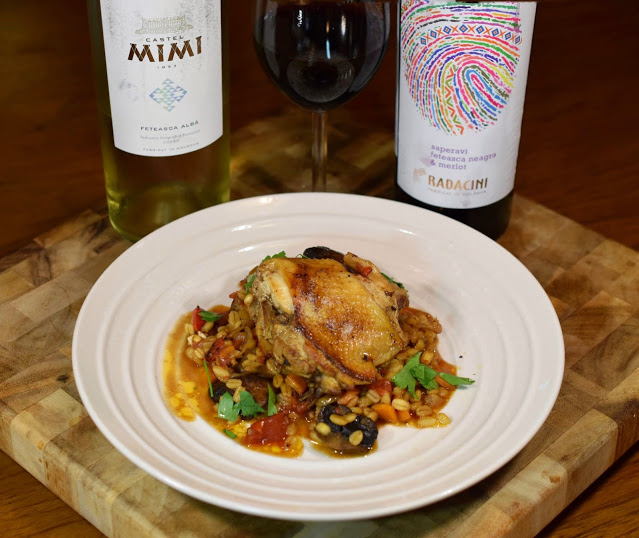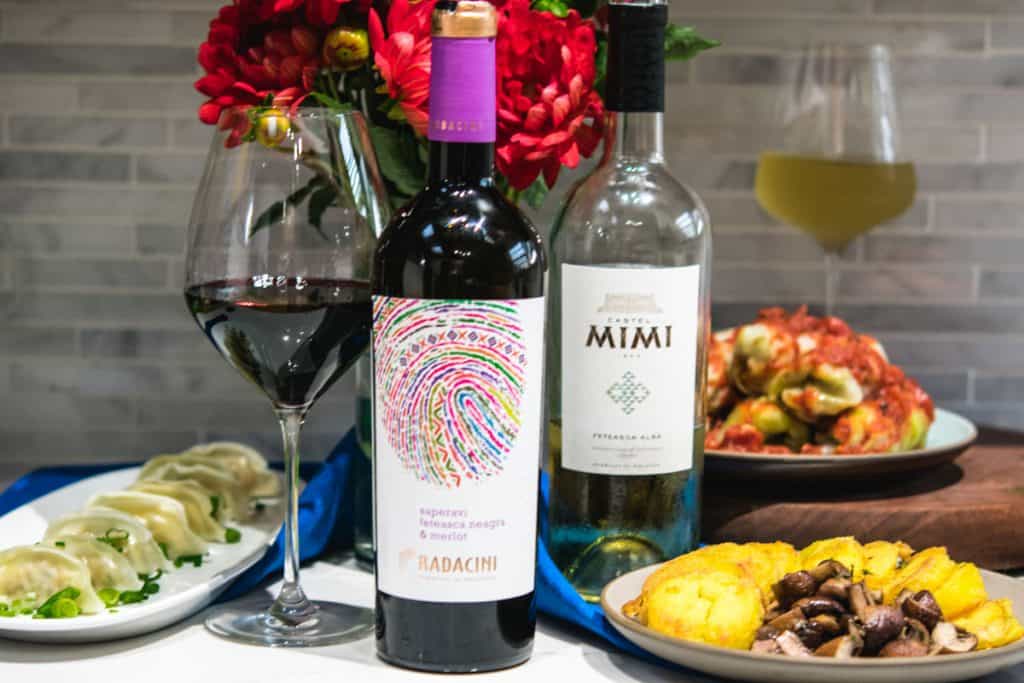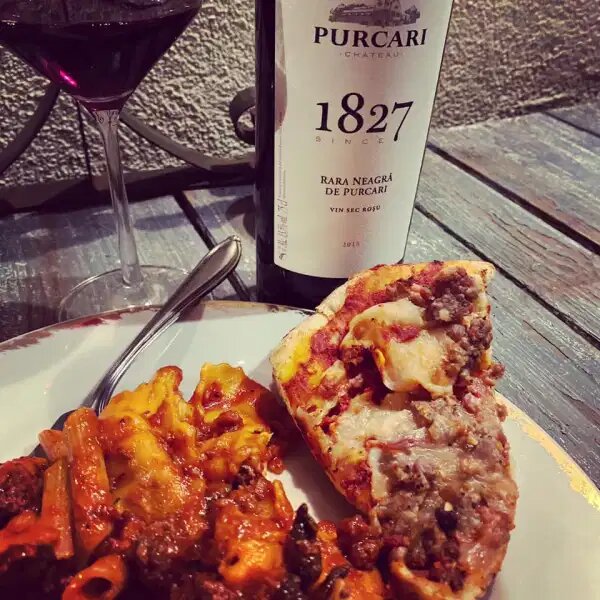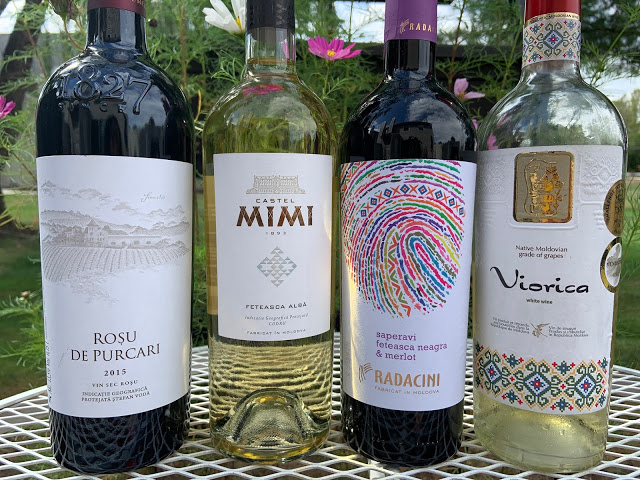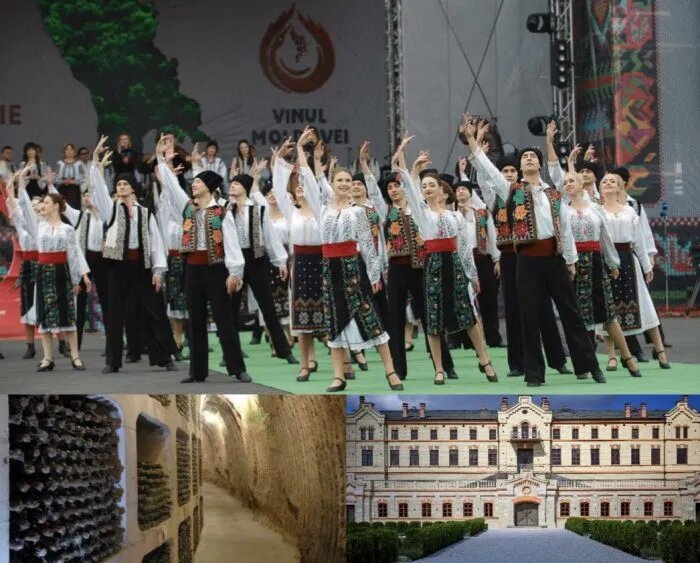Being a history buff and journalism major, I was fascinated about the 20th century history of Eastern Europe. When I was 19 years old, I decided to travel with a friend to several Soviet Union ruling Eastern European countries like Bulgaria, Hungary, Poland, Yugoslavia, Czechoslovakia for more than two months during the freshman year summer break. Back then, as a traveler on a shoestring budget, my focus was not on wines but rather on guarding my backpack from theft during the occasional overnight stays (a.k.a sleeping) in the train stations. Shortly after this eye-opening trip, I visited Moscow, St. Petersburg and Vladivostok multiple times to see how the communist party controlled the press! Jeff Burrows from Food Wine Click has this cool connection with VINOvations and Wine of Moldova USA and arranged samples for the #WinePW bloggers. For me, tasting Moldovan wines gives me a reason to revisit the map of the former USSR and to be nostalgic about my exciting young adulthood.
| Staying with a hosting family in Krakow, Poland |
Terroir of Moldovan Wines
The Republic of Moldova is a country located in Eastern Europe, bordered by Ukraine to the east and Romania to the west. Its geographic location embraces a moderate continental climate with short and occasionally very cold winters and long summers. Moldova’s landscapes vary considerably from endless steppes of the east, to forested hillsides of the central zone, and on to the vast Bugeac Plain in the south. The diverse landscape allows Moldova to offer a wide portfolio of wines, ranging from cool-climate wines, ice wines from noble rot, to wines from early ripen grapes.
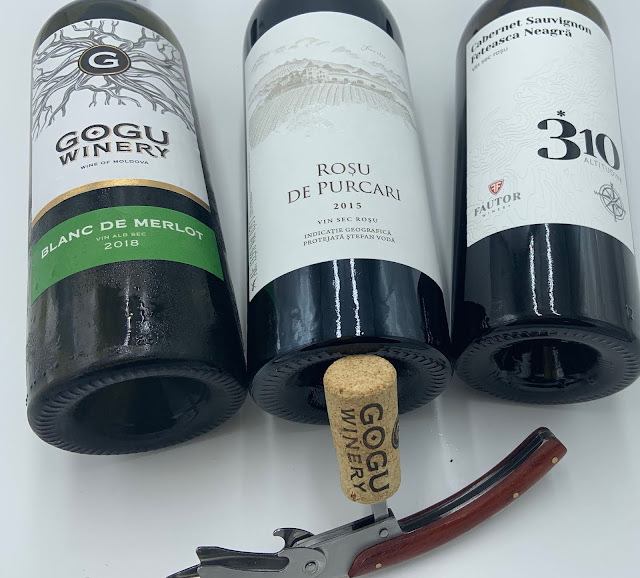 |
| Gogu Blanc de Merlot 2018/ Rosu de Purcari 2015/ 310 Altitudine Cabernat Sauvignon – Feteasca Neagra 2017 |
5 Wine Facts of Moldova
- The Republic of Moldova has the highest density in vineyards in the world – new vineyards are added to the Protected Geographical Indication (PGI/Appellation) year after year.
- Still and effervescent white wines (55%) dominate the wine production in Moldova, followed by red (35%), rose (8%), and licorous white, rose and red (2%).
- Moldova cultivates Western European, Black Sea Basin and indigenous grape varieties – 70% of which are white varieties (e.g., Rkatsiteli, Sauvignon Blanc, Chardonnay, Aligoté), which are located predominantly in the Codru region, and 30% are red varieties (Cabernet Sauvignon, Merlot, Pinot Noir, Saperavi) that are typically grown in the southern regions.
- USA is the 10th most important export market for Moldovan wines.
- Moldova is internationally famous for its vast underground cellars at Cricova and at Mileștii Mici – the latter holds the Guinness World Record for the largest wine collection in the world.
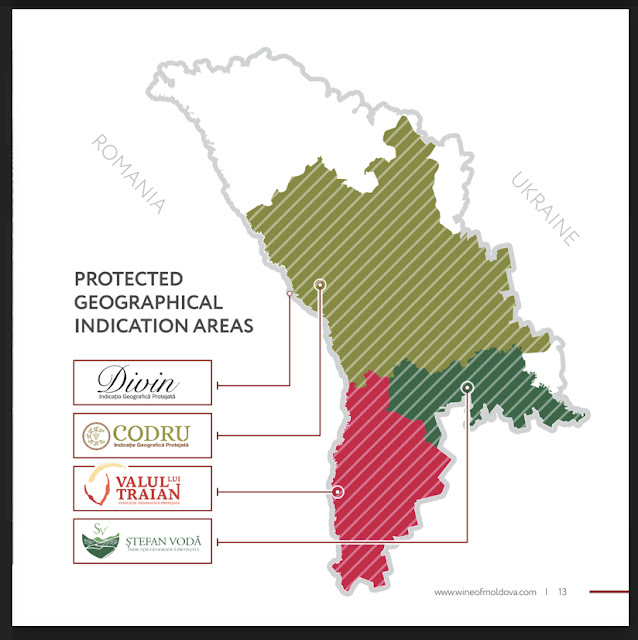 |
| Moldovan Wines PGIs: Valul lui Traian (southwest), Stefan Voda (southeast), Codru (central) and Divin (distilled wines) / Photo Credit: Wine of Moldova |
Protected Geographical Indications (PGI – Appellation) of Moldova
The four Protected Geographical Indications in Moldova are Valul lui Traian (southwest), Stefan Voda (southeast), Codru (central) and Divin (which is for spirits distilled from wine through double distillation and aged for at least 3 years in contact with oak produced anywhere in Moldova).
 |
| Rosu de Purcari 2015: Wild Dark Berries, Complex, Ripe, Rich, and Intense |
Rosu de Purcari 2015 (SRP$39.99)
Purcari Chateau, located in Stefan Voda – near the Dniester River and Black Sea, is one of the most celebrated wineries and well-known wine brands in Eastern Europe. Found in 1827, its exceptional wines help Purcari win more than 200 awards at the most prestigious international wine competitions. Also the winery’s famous underground cellars were built in 1827, becoming the must-see for visitors visiting Stefan Voda.
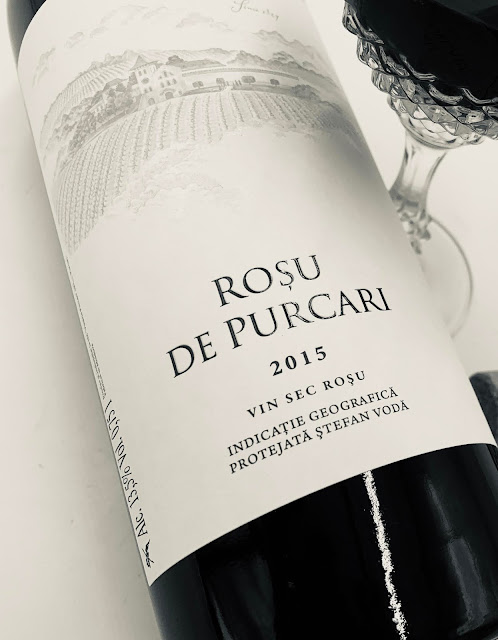 |
| Rosu de Purcari 2015: Cabernet Sauvignon 50%, Merlot 40%, Malbec 10% |
Purcari Chateau’s Rosu de Purcari 2015 is a blend of Cabernet Sauvignon 50%, Merlot 40%, Malbec 10%. This wine is a dream of red wine lovers. Its complexity and deepness is over-the-top, coupling with a surprise touch of sweetness, smoothness and a long lasting finish.
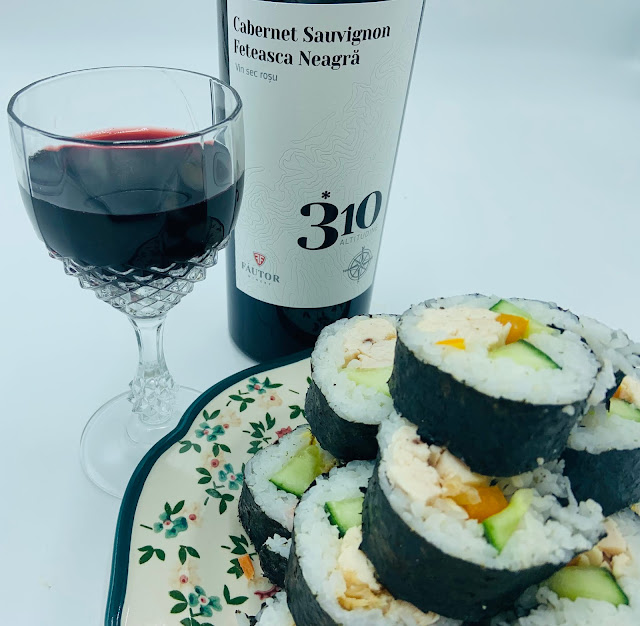 |
| 310 Altitudine Cabernat Sauvignon – Feteasca Neagra: Bright acidity, black cherry, lightly oaked, well-structured and medicinal |
310 Altitudine Cabernat Sauvignon – Feteasca Neagra 2017 (SRP$17.99)
Fautor Winery is the most awarded Moldovan winery in 2016 to 2018. Its strong suit is to have a portfolio of rare varieties that are considered as exclusive wines globally. Fautor Winery and its vineyards are located in the Tigheci microzone, which is known for producing Moldova’s high-quality whites and reds, in the Valul lui Traian region.
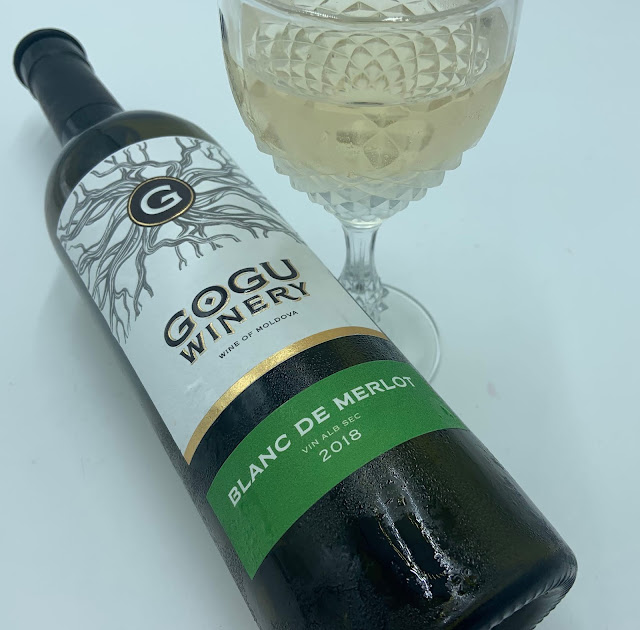 |
| Gogu Blanc de Merlot: Textured, Saline, Stone-fruit, Weighty for White, Medium-bodied |
Gogu Blanc de Merlot 2018 (SRP$19.99)
Gogu Wineary‘s story began in 2004, when the founder and winemaker of the winery, Ilie Gogu, has decided to experiment with home winemaking after graduating from the Technical University of Moldova as a wine technologist. Gogu Winery locates in the Stefan Voda region, where vast majority of winemakers from this PGI put a stronger emphasis on red grape varieties. Ilie Gogu however has decided to emphasize white varieties when planting his vineyards and has balanced a decent diversity of red varieties such as the Western European Cabernet Sauvignon, Merlot and Malbec, the legendary Georgian Saperavi, and local Feteasca Neagra.
 |
| Korean Sushi – Kimbap (roasted beef rolls, fish sausage rolls and roasted chicken rolls) |
Korean Sushi – Kimbap
Korean sushi “kimbap” is very similar to Japanese sushi in terms of using cooked seasoned sushi rice and toasted nori seaweed as the base. The major differences are the ingredients you put inside the sushi. While the Japanese sushi favors raw fish like salmon, tuna, yellow tail and mackerel and raw vegetable like cucumber and avocado, Korean sushi uses cooked meats like beef, chicken or pork bulgogi and blanched/preserved vegetable like cooked carrot, spinach and kimchi. In my opinion, the Korean sushi is more fun and you can be creative and improvise to put in so many different types of meats and vegetables to create your rolls. It’s less expensive to make and more fool-proof for success as a party food as you don’t need to use raw fish.
Get sushi rice from the grocery store as long grain rice will not have the texture that’s soft and sticky enough for making kimbap. Once the rice is cooked and cool off, add salt and sesame oil to the rice for taste. The nori seaweed sheet can be found in an Asian grocery store.
To pair with the Gogu Blanc de Merlot, I have made fish sausage kimbap. The fish sausage is a must-try snack for people who even don’t like fish as it only has a very mild fish taste to it. The texture of the fish sausage resembles SPAM. It is a processed food but really works well with the cucumber, egg and cooked pepper in the kimbap. This Gogu Blanc de Merlot is one of my favorite whites I tasted so far in this summer. It’s medium-bodied and a tad saline, paring well with the umami seaweed and the savory fish sausage. The citrus and tropical fruity notes of the wine come out even more when having this lighter kimbap.
 |
| Gogu Blanc de Merlot, a weighty white that is versatile and dynamic and just what one needs for summer dining |
For the 310 Altitudine Cabernat Sauvignon – Feteasca Neagra 2017, I paired it with the shredded roasted chicken kimbap. I would say any cold-cut chicken or turkey slices you have handy will also serve the purpose. The 310 is a medium-bodied red that is complex but causal enough to pair with lean protein. I have no doubt that I can finish the bottle without the need of any food. But the chicken kimbap in fact is a good match as this wholesome chicken rice bites will help you drink even more.
 |
| 310 Altitudine Cabernat Sauvignon – Feteasca Neagra: a cool label, a blend with an indigenous Moldovan grape, a dream for red wine lovers |
The roasted beef kimbap is my favorite out of all three kimbaps as it’s hearty and a meal by itself. I added some creamy horseradish sauce to the beef as well to make it extra flavorful. The Rosu de Purcari blew my socks off by itself with its tannic yet elegant characters but was also a no brainer pair to the beef kimbap.
 |
| Foods and wines are the best way to learn a culture |
Visiting Moldova to taste their wines is definitely on my bucket list now as these wines are truly impressive. What’s more important to me is to reconnect my adventurous younger self…but this time it’s through the lens of wines.
Written by: Pinny Tam


